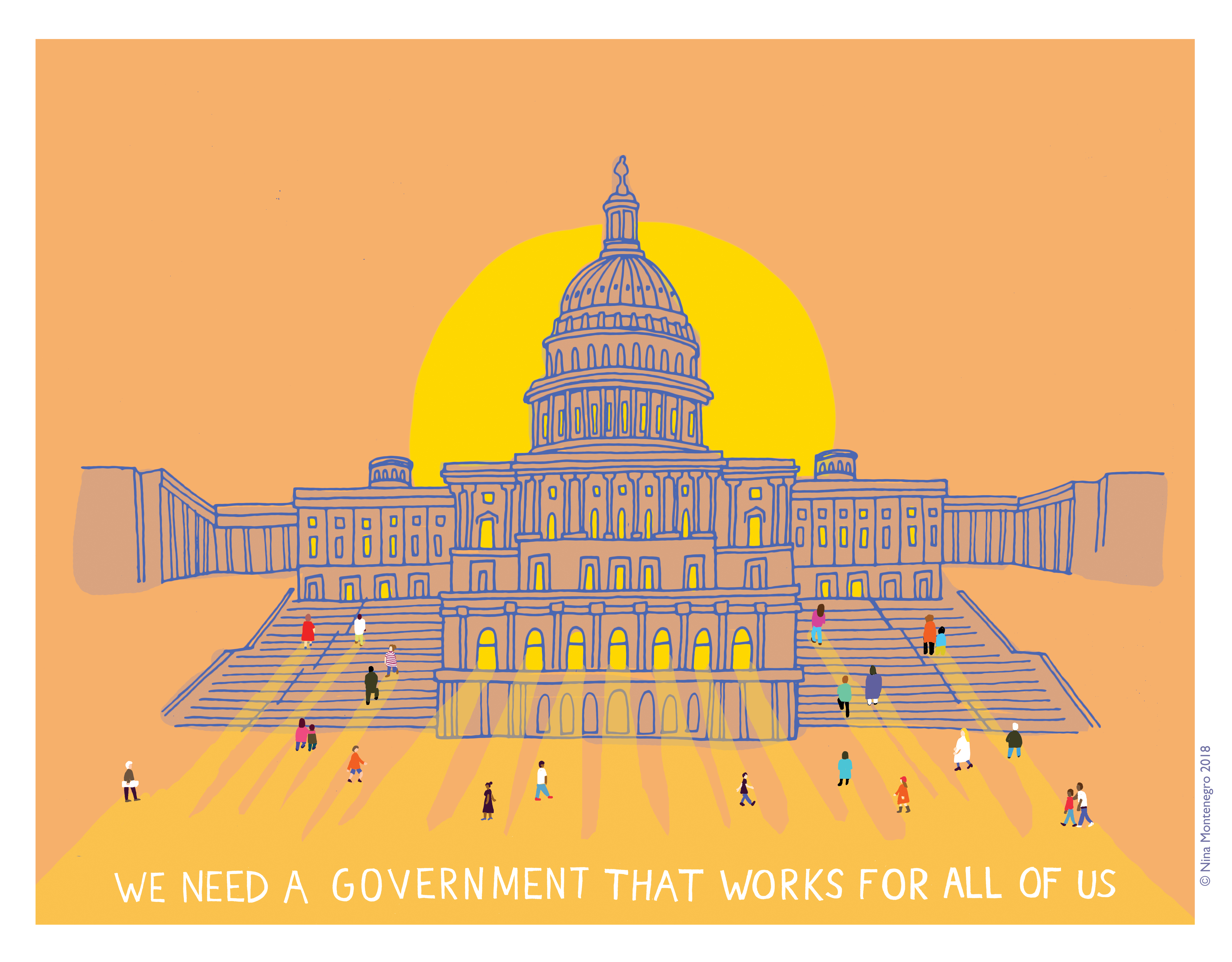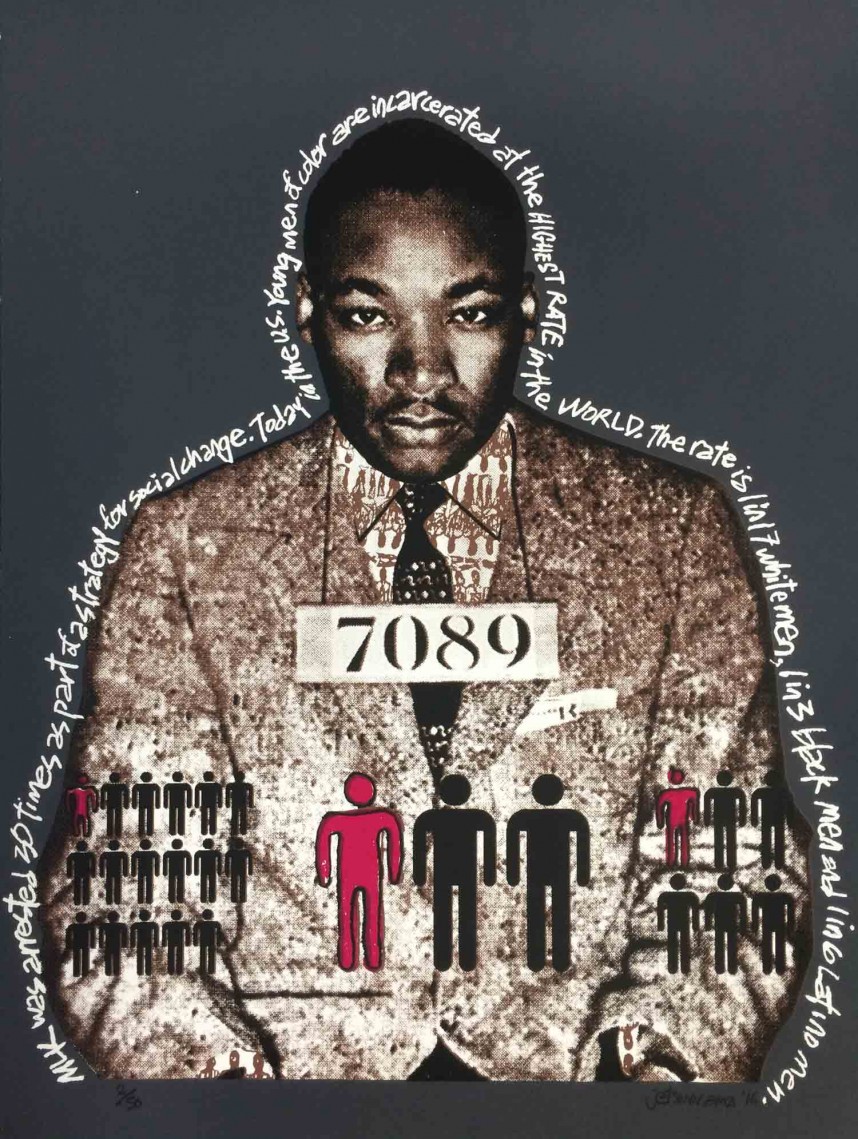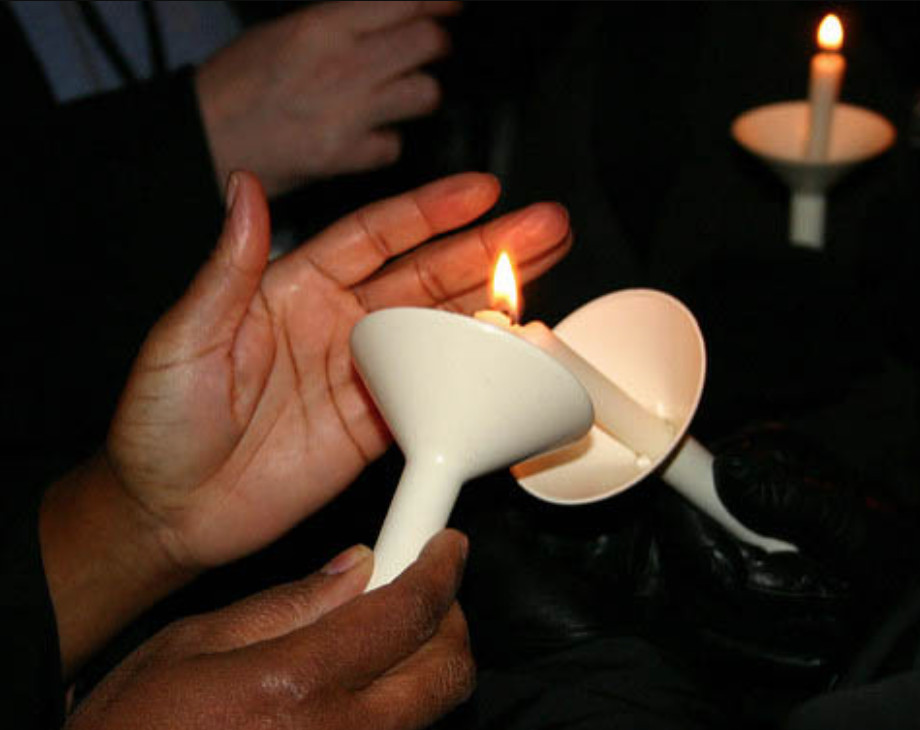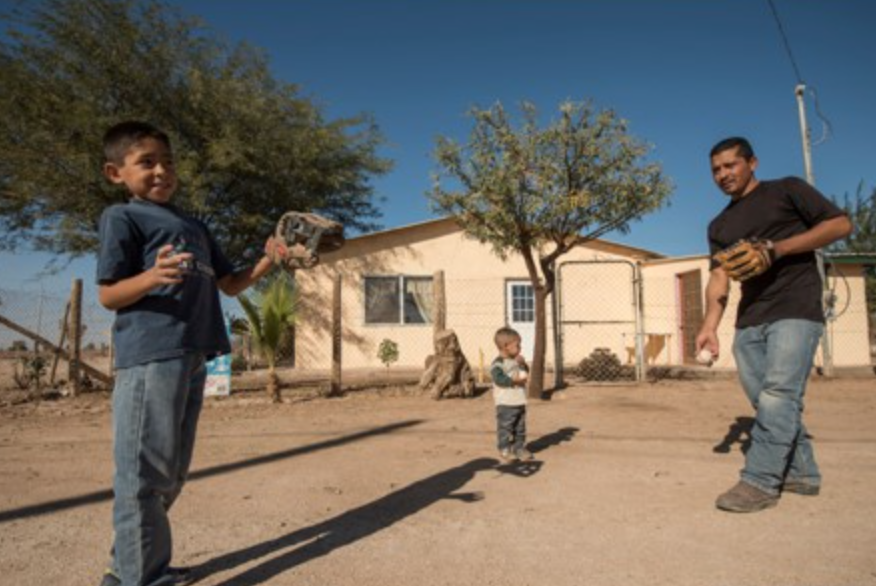The Opportunity Agenda is devastated and angered by the vitriolic and violent events of last week. We unite and share our condolences with those mourning the deceased in Pennsylvania and Kentucky, and we hold ourselves and our family of social justice communicators to the highest level of commitment to shift the narrative from hate to love, pain and anger to action for change.
On Saturday morning, Oct. 27 — the Jewish Sabbath — a gunman in the Pittsburgh, PA neighborhood of Squirrel Hill, entered into the Tree of Life Synagogue and began shooting at congregants, ultimately killing 11 people and wounding several others. It was later revealed that the shooter took the action he did, in part, because of his belief that George Soros was funding a so-called “caravan” of migrants in Honduras to come to the United States, and that he was motivated to stop it from happening by killing the Jews and those involved in a “ploy to destroy America”.
This horrific incident occurred just three days after a white gunman shot and killed two African American shoppers at a supermarket in Jeffersontown, KY, about 15 miles from Louisville. We now know that the shooter’s actions were racially motivated and that prior to the incident at the supermarket, he had tried unsuccessfully to enter the First Baptist Church, a predominantly African American place of worship.
The federal government is investigating both incidents as hate crimes, and it has been revealed that both were committed by white supremacists, spurred by the hate-heightened environment in which we currently find ourselves.
Meanwhile, the president has done nothing to attempt to quell the specter of the hatred and violence that led to these attacks. He has instead made it worse, in his statements on social media and by disregarding the requests of those victimized by these actions, in Pittsburgh, to stay away. In response, more than 70,000 people have signed an open letter to Trump saying that the president is not welcome in Pittsburgh unless he denounces white nationalism and stops targeting minorities. The letter, written by the Pittsburgh affiliate of Bend the Arc, says: “For the past three years your words and your policies have emboldened a growing white nationalist movement. You yourself called the murderer evil, but yesterday’s violence is the direct culmination of your influence.”
Condemnation, vigils and mourning must continue. We must persist in uniting as a diverse and wide range of people, organizations, and religious sects to denounce the vitriol. Yet we must also go further. We must proclaim the values that we all know to be what we want to see, and call upon leaders to take action against the violence, hate, and alarmist communication tactics that we are seeing. And we must continue to push them to demand concrete change that directly addresses last week’s terrible spate of white supremacist violence. As so many did last August when white supremacists marched in Charlottesville, VA, we must both grieve the deceased and vigilantly continue our work to appeal to our better angels. Below is a brief reminder of how to do that.
Lead with Values.
Leading with shared values with shared values helps to reach people and persuade those who may be at a loss for what to do in these very challenging times, particularly people who may be despondent, or be inclined to disengage due to despair. Particularly important values here include Unity, Dignity, Respect for Human Rights, Equal Justice, Safety, Strength, and Diversity as among our nation’s greatest Assets.
Talk about how we need to draw upon our source of strength as a community and our diversity as people — e.g., “no matter what religion or race someone is, or where they come from.”
Ensure that it is clearly underscored that hate, racism, and antisemitism will never be accepted in our communities, or our society, and that everyone must have the right to human dignity and to a life that is free of fear.
Anti-Semitism has absolutely no place in our commonwealth. Any attack on one community of faith in Pennsylvania is an attack against every community of faith in Pennsylvania. And I want the Jewish community across the commonwealth and across the country to know that we stand in support of you as we together mourn this senseless act of violence…
— Pennsylvania Governor Tom Wolf (D)
Freedom to live and worship without fear is an essential right in America, and the horrific shooting in Pittsburgh strikes at the very heart of our country’s greatness. Our hearts break for the victims and families who were gathered on Shabbat and for the officers who fell victim to this savage attack. We must fight anti-Semitism and intolerance and stop the hatred that leads to violence.
— North Carolina Governor Roy Cooper (D)
Pivot to the Problem; Name It and Its History.
It helps to be direct, as well as to remind audiences that we have been here, gotten through, and prevailed during hateful times in our country’s history before. And we can again. And that our imperfect union is still very much a work in progress, which means that at times we will experience challenges.
Call out the history of antisemitism and racism, connected to the white supremacist movement and the lack of its condemnation by this administration. It is important to both help people process the events of the week, along with others such as the spate of pipe bombs sent to the president’s political opponents, and call them out for what they are — acts of hatred and delusion that drive tragically lethal behavior, paranoia and a proliferation of shared misinformation. Remind people that this is a pattern that has been well documented, that right-wing media personalities propagating conspiracy theories, followed by white supremacists — including the president — taking to social media to stir up anxieties and fear, is a strategy that we must clearly and directly name, and condemn.
Then we must quickly Follow up with Proposed Solutions and Actions:
Yesterday’s shooting is a reminder to all that we must be vigilant against not only deliberate displays of hatred but also against hatred in all of its forms, no matter how minor or insignificant-seeming. We must reject the rhetoric and politics of divisiveness in our nation. We must demand that we hold ourselves, our neighbors, our family members, and our elected officials to a higher standard: one that uplifts rather than divides. We cannot sit quietly in the wake of yet another tragedy and not advocate fiercely for change.
— SEIU Local 668, Pennsylvania’s Social Services Union
This senseless tragedy reinforces our commitment to combat hate and make our communities more prepared and secure…
— The Jewish Federation in the Heart of NJ
Focus on feelings and concrete solutions. The solutions that are most satisfying and gratifying are often not instantly felt, nor are they always conveyed with the acknowledgement of the feelings of those directly affected. It is therefore important to acknowledge that some solutions will not feel satisfying in the short-term, but that they are important nonetheless in the long-term work to change hearts and minds. We must balance both the short- and long-term solutions, and they should be sincerely described and felt in their promise toward change.
President Trump, we demand that you and the Republican Party: Fully denounce white nationalism; stop targeting and endangering all minorities; cease your assault on immigrants and refugees; and commit yourself to compassionate, democratic policies that recognize the dignity of all of us.
— Bend the Arc: Pittsburgh
Everyone Needs to Hear an Action that They Can Envision Taking.
Remember that mourning, grieving, and remembering are actions that many of us must take during these times for very personal reasons. While the personal stories that often surface from tragedy are impactful in reaching people, they must be coupled with actions that can be taken toward change. Audiences need to know what they can do, both to support our long-term narrative shift and to feel as though they are connected to a system that will represent the change they are trying to see.
Name the actions you would like people to take with you:
Add your name to the demands from Pittsburgh Jewish Action leaders to Trump
— Bend the Arc: Jewish Action
Our mission is to stay the course and continue our work. We help people who are in need; we help refugees who are fleeing violence and persecution. We know that there is hate and we know that more must be done about it. One thing everyone can do is stand up to hate speech. If you see something, say something. We look forward to better days ahead and to working alongside you for that future.
— HIAS Pennsylvania
We recommend a Value, Problem, Solution, Action structure when crafting messages to ensure that values are front and center in any communication:
Value: Everyone in our country should be able to live in dignity and free from fear of persecution because of their religion or who they are.
Problem: The spate of violent acts — mailing pipe bombs to individuals representing particular political believes, gunning down Jews in their place of worship, shooting African Americans going about their business at a supermarket — interfere with this safety and everyone’s right to lead a life of dignity that is free of fear. The president, along with many white supremacists, are animating these acts through social media and conspiracy theories when they should be condemning them.
Solution: We must all condemn these acts of hate for what they are. And while we must remember and mourn the dead and rely on human decency to help one another through these difficult times, we must also expose what these actions represent: behaviors that run completely counter to our country’s must cherished ideals of inclusion, decency, safety, and unity.
Action: Support and take time to articulate that you care, especially to those whose communities have been directly targeted by these actions. Sign the letter (or petition) demanding President Trump and others condemn white supremacy once and for all.

















